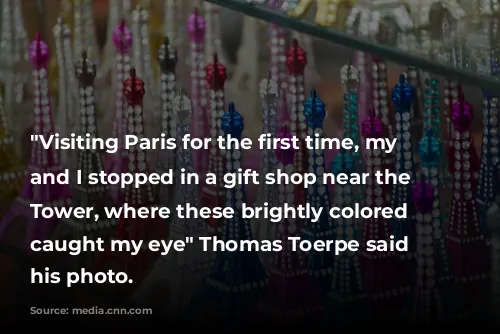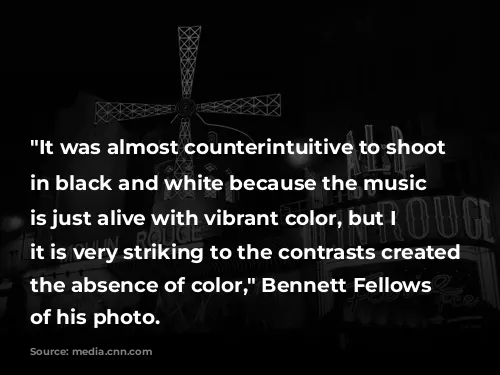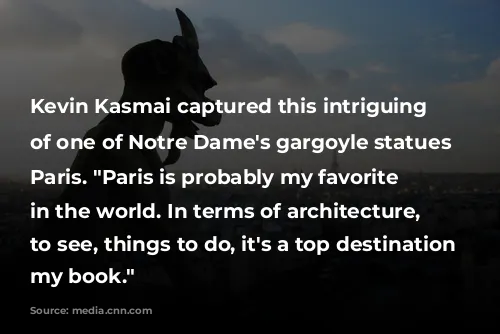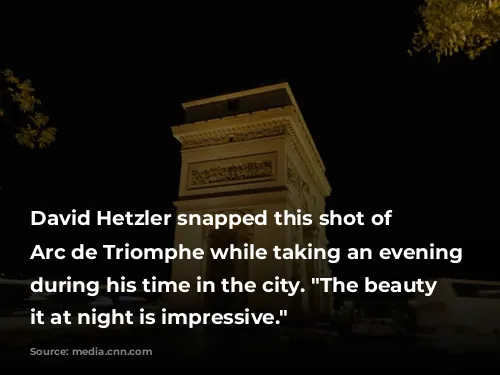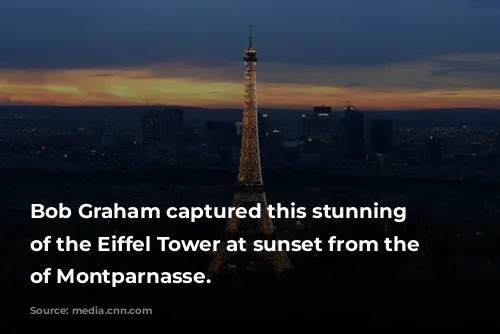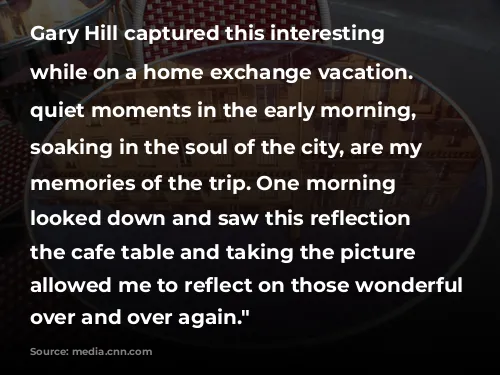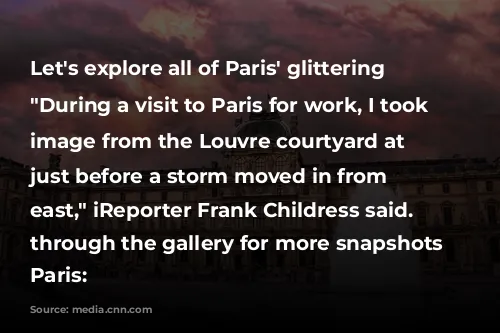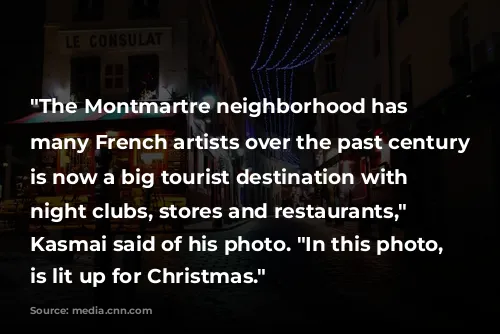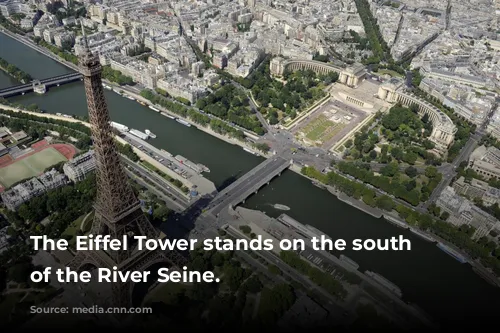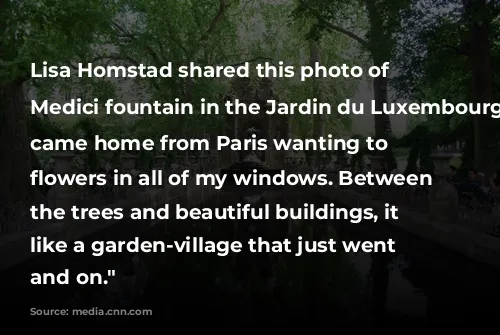The Eiffel Tower, a symbol of Paris, stands tall above the city like a beacon of French ingenuity. Its iconic design, a testament to the beauty of wrought iron, has become synonymous with the French capital itself.
The tower was initially conceived as a temporary structure, designed to grace the 1889 Exposition Universelle, a grand celebration marking the centennial of the French Revolution. Parisian artists and intellectuals vehemently opposed the “monstrous” edifice, fearing it would mar the city’s elegant skyline. However, the Eiffel Tower proved its worth, becoming instrumental in scientific experiments and ultimately transcending its intended temporary status.
Today, “La Dame de Fer” (the Iron Lady) stands as a monument to human ambition, captivating imaginations across the globe. In 2019, the Eiffel Tower celebrated its 130th anniversary, a testament to its enduring legacy.

A Tower of Tales: Uncovering the Eiffel Tower’s History
Beyond its striking appearance, the Eiffel Tower is also a repository of fascinating stories. Did you know that the notorious con man, Victor Lustig, managed to “sell” the landmark to a scrap-metal dealer – not once, but twice?
Or that Gustave Eiffel, the architect behind the tower, kept a private office at its summit, welcoming esteemed guests such as Thomas Edison, who arrived bearing a gramophone as a gift?
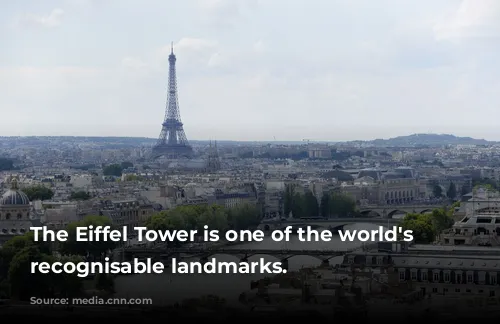
Climbing the Iron Lady: Exploring the Eiffel Tower
The Eiffel Tower is open year-round, offering breathtaking views of Paris from its three levels. For the adventurous, climbing the 704 steps to the second level is a worthwhile undertaking, providing a unique perspective on the tower’s construction and offering stunning views.
Remember: while you can climb to the second level, you’ll need to purchase another ticket to take the elevator to the summit.
To avoid long queues, plan your visit during weekdays or outside of peak hours. The best time to visit is either before 11 am or after 5 pm.
And, if you’re a spontaneous traveler, don’t forget to check the official website or Twitter account for the latest updates on opening hours, weather, and potential closures, especially during events or strikes.
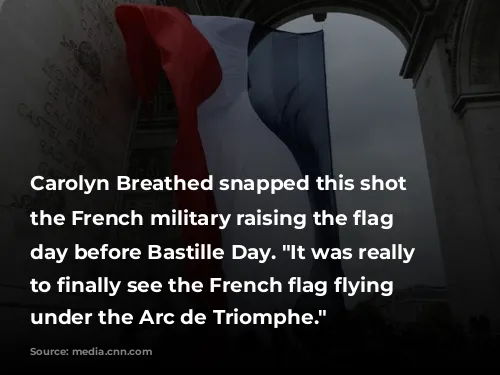
Reaching the Eiffel Tower: A Guide to Transportation
Getting to the Eiffel Tower is a breeze thanks to the city’s extensive public transportation system.
For a breathtaking view of the tower, arrive at Trocadéro metro station (lines 6, 9), offering a privileged vantage point above the Seine. From here, a 15-minute stroll across the Pont d’Iéna will lead you to the tower’s entrance.
Alternatively, the Bir-Hakeim metro station (line 6) is a 10-minute walk along the Quai Branly, and the École Militaire metro station (line 8) is 15 minutes away.
For the most direct route, hop on the RER C line and disembark at the Champ de Mars-Tour Eiffel station. However, be sure to check for any station or route closures before heading to the tower.
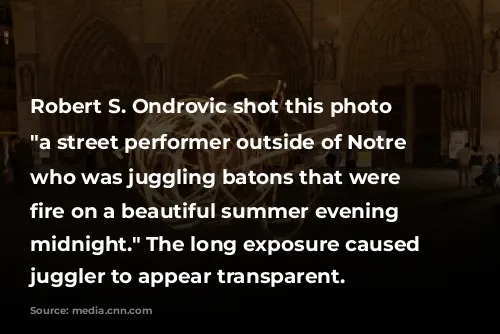
Beyond the Summit: Hidden Gems Around the Eiffel Tower
The Eiffel Tower is undoubtedly a must-see attraction in Paris, but the surrounding area offers an array of hidden gems for exploration.
The Trocadéro offers a stunning view of the tower and is a fantastic spot to enjoy a picnic or simply soak in the Parisian ambiance.
For those looking for a delectable Parisian dining experience, there are several restaurants offering spectacular views of the Eiffel Tower.
The Café de l’Homme at the Musée de l’Homme (Museum of Mankind) boasts a delightful terrace where you can savor French cuisine while gazing at the tower.
Other rooftop restaurants offering equally magnificent views include Les Ombres at the Quai Branly museum and the Krug Terrace at the Shangri-La Hotel.
For a more intimate dining experience, Philippe Excoffier, a renowned chef, runs a charming bistro just a 10-minute walk from the Eiffel Tower, attracting a devoted crowd of regulars.
And if you’re looking for a quick bite, the lively Rue Cler market street is a stone’s throw away, offering an array of specialty food stores and a vibrant Parisian atmosphere.
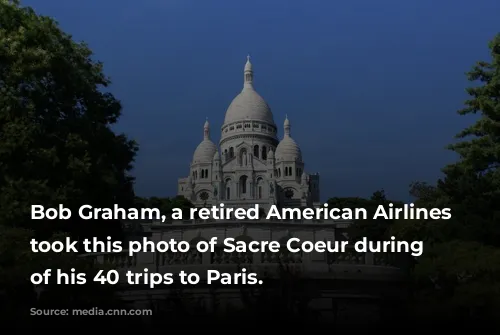
Capturing the Iron Lady: Photography Tips for the Eiffel Tower
The Eiffel Tower is one of the most photographed attractions in the world, offering endless opportunities to capture its iconic silhouette against the Parisian skyline.
The Trocadéro and the Champ de Mars are popular spots for capturing stunning photographs of the tower.
For unique perspectives, explore lesser-known spots such as the Avenue de Camoens for portraits with the tower in the background or the Square Rapp for an original view.
For panoramic views of the city and the Eiffel Tower, head to the top of the Sacré-Cœur basilica or the Arc de Triomphe.
And, for an unparalleled perspective, climb to the observation deck at the top of the Montparnasse Tower, offering a breathtaking view of the Eiffel Tower and the Parisian landscape.
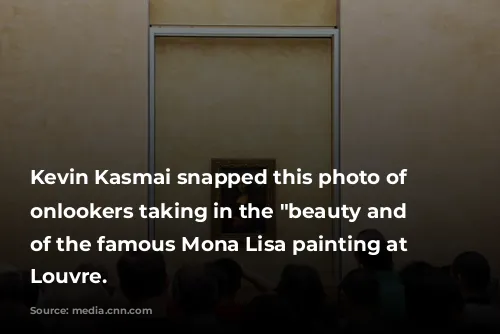
From First Impressions to Lasting Memories: Your Eiffel Tower Experience
The Eiffel Tower is more than just a landmark; it is a testament to human ingenuity and a symbol of Paris’s enduring charm. Whether you’re taking in the panoramic views from its summit, strolling along the Seine, or exploring the surrounding neighborhood, the Eiffel Tower offers an unforgettable experience.
So, plan your trip to Paris and let the magic of the Iron Lady captivate you.

